Did you know you can eat the leaves of the mulberry tree? Mulberry leaf tea is simple to make—steep a few leaves in hot water—it's free tea!
They make delicious tea and are a popular way to enjoy this plant during the summer months. It's also an herbal tea that's easy to make!

I know summer foraging is in full effect when the dark purple berries of the mulberry tree are ready to be picked. Did you know that leaves of the mulberry tree are only one of a few tree leaves that can be eaten?
Here's how to make a fresh cup of mulberry leaf tea perfectly every time.
Jump to:
Why This Recipe Works
- Mulberry leaf tea is delicious, tasty, and healthy. It's also free!
- It's easy to dry and harvest for later on during the year.
- It's caffeine free
Are mulberries edible?
Mulberry trees were introduced to North America to increase silk production, but that practice is falling out of favor. The good news is that both white mulberry plants and other types are edible and can be enjoyed all around the United States. While other areas have white and red mulberry trees, I have a black mulberry tree in my backyard that produces lots of berries every summer.
Equipment
Once you have dried leaves, making the tea at your leisure it's pretty simple. You will need:
- A heatproof container for brewing tea, like a teapot or small saucepan. You could also use a French press if you're making just one cup of tea!
- A filter to strain out the leaves after steeping them in hot water. If you don't have one already, try using an old coffee filter placed inside a wire mesh strainer or sieve instead—they'll do just fine!
- Reusable tea bags or muslin if you want to remove the leaves after brewing.
How to dry mulberry leaves
Drying mulberry tree leaves are pretty simple.
First, select fresh mulberry leaves from the Mulberry tree, making sure to avoid any fallen leaves or leaves with dark spots. Leave young leaves as the mature leaves are the ones we'll want to dry.

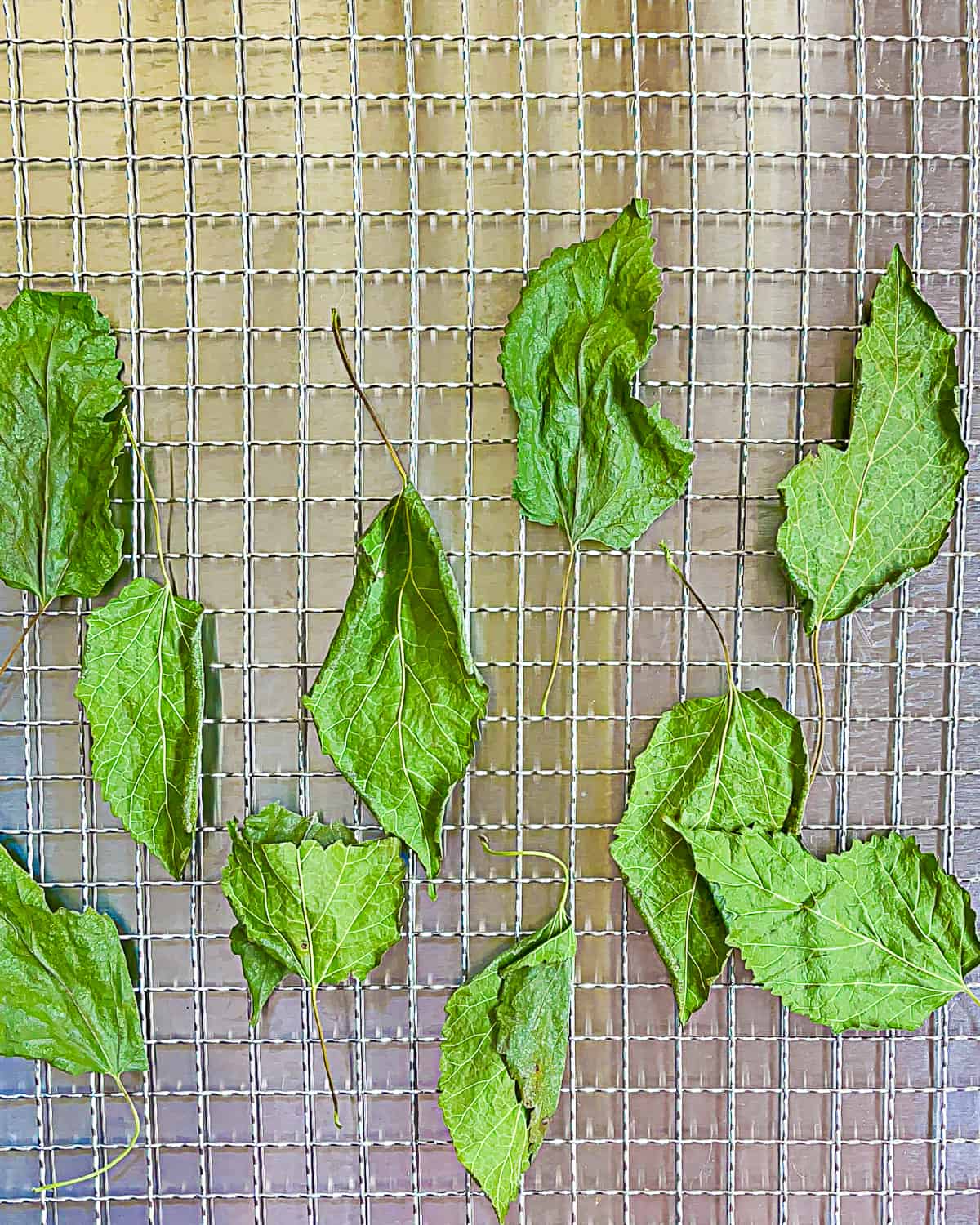
Next, place the fresh leaves on a screen, and place the screen in the dry air with good airflow. You can use almost any kind of screen you'd like, but we recommend something that has small holes so that bugs don't get into your tea while it's drying.
Set your dehydrator to 135 degrees and dry for 3-8 hours
Then, after remove the dried leaves and crush them into a powder with a mortar, pestle, or coffee grinder.
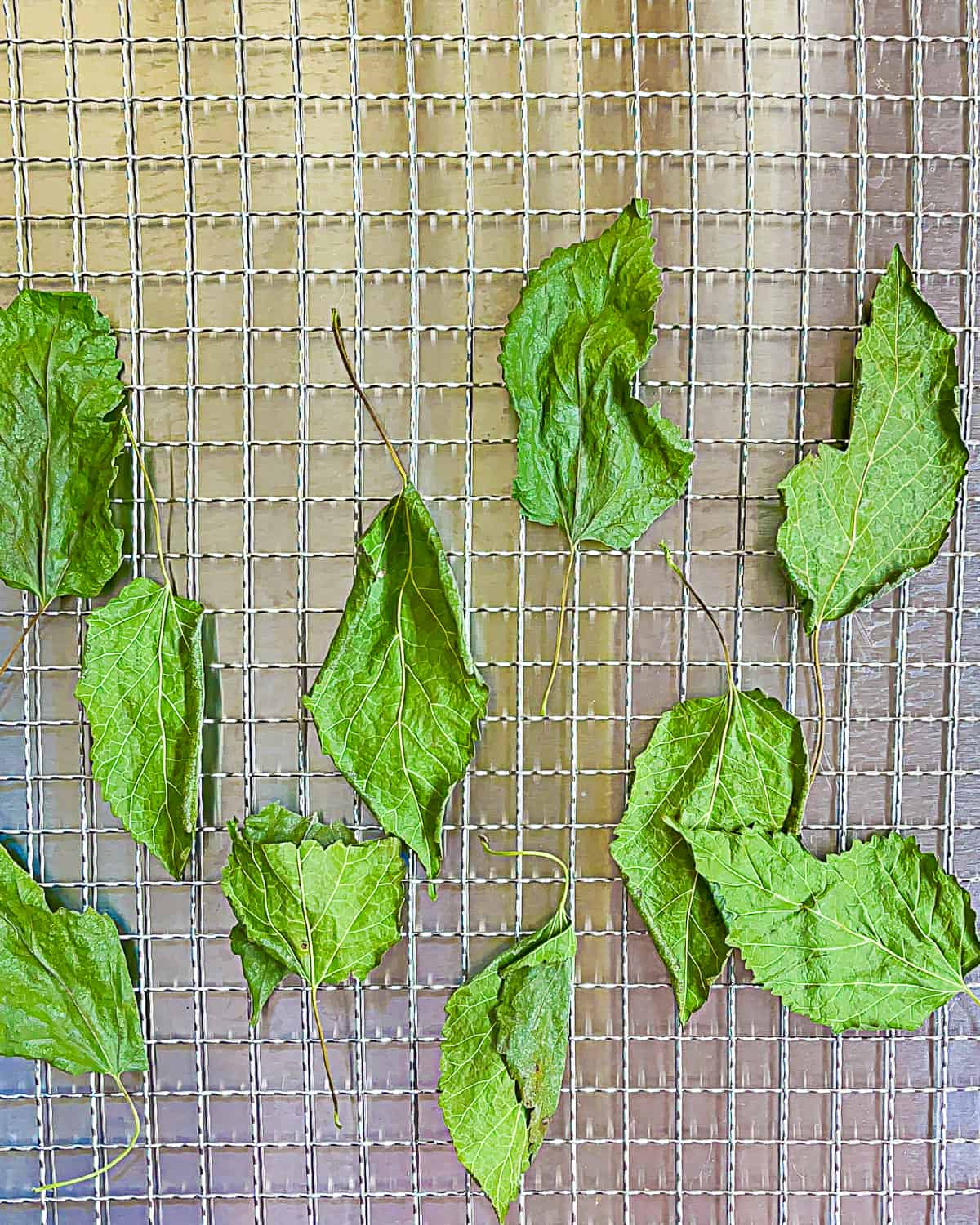
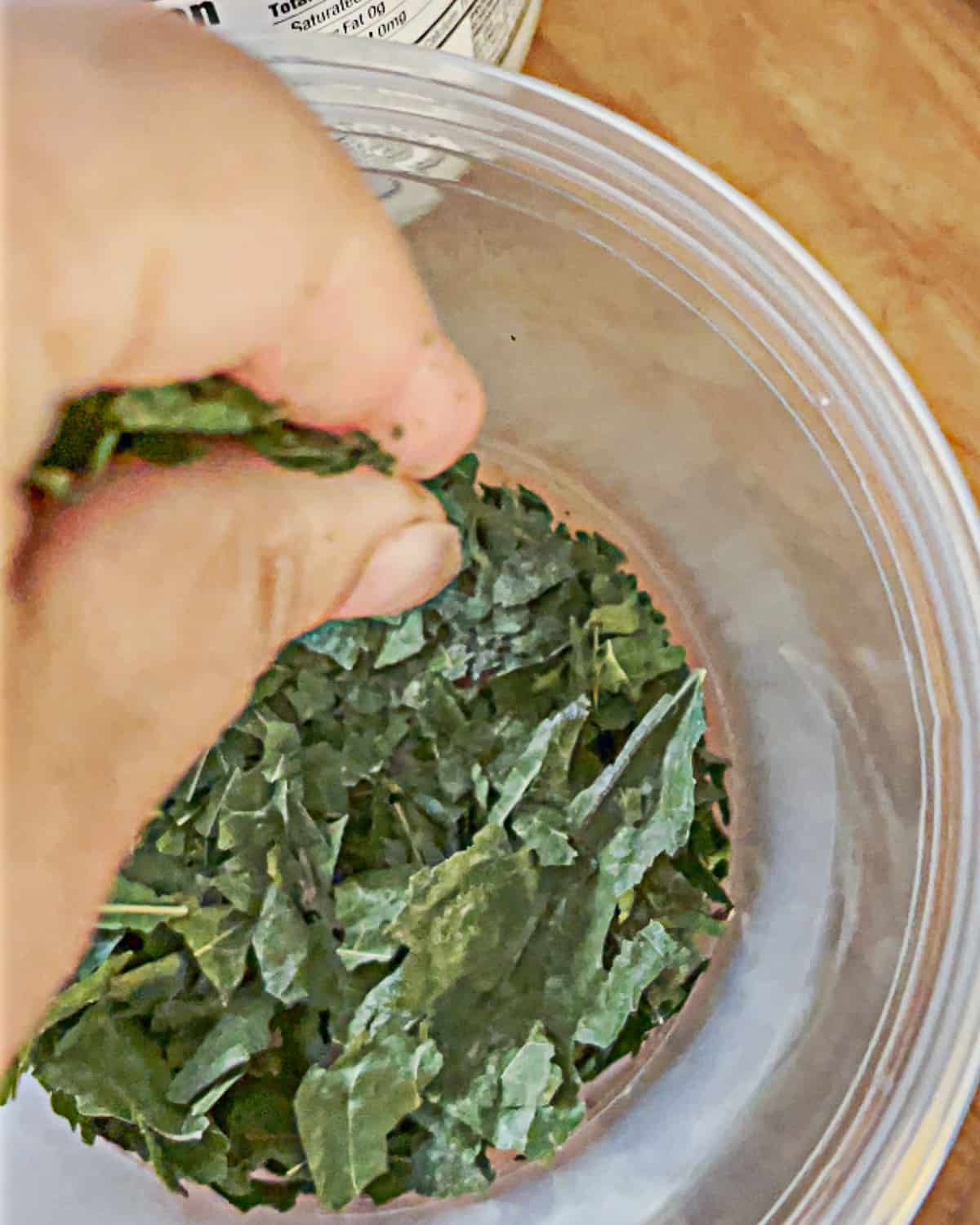
Store them in an airtight container out of direct sunlight; it's time to brew some tea!
How to make mulberry leaf tea
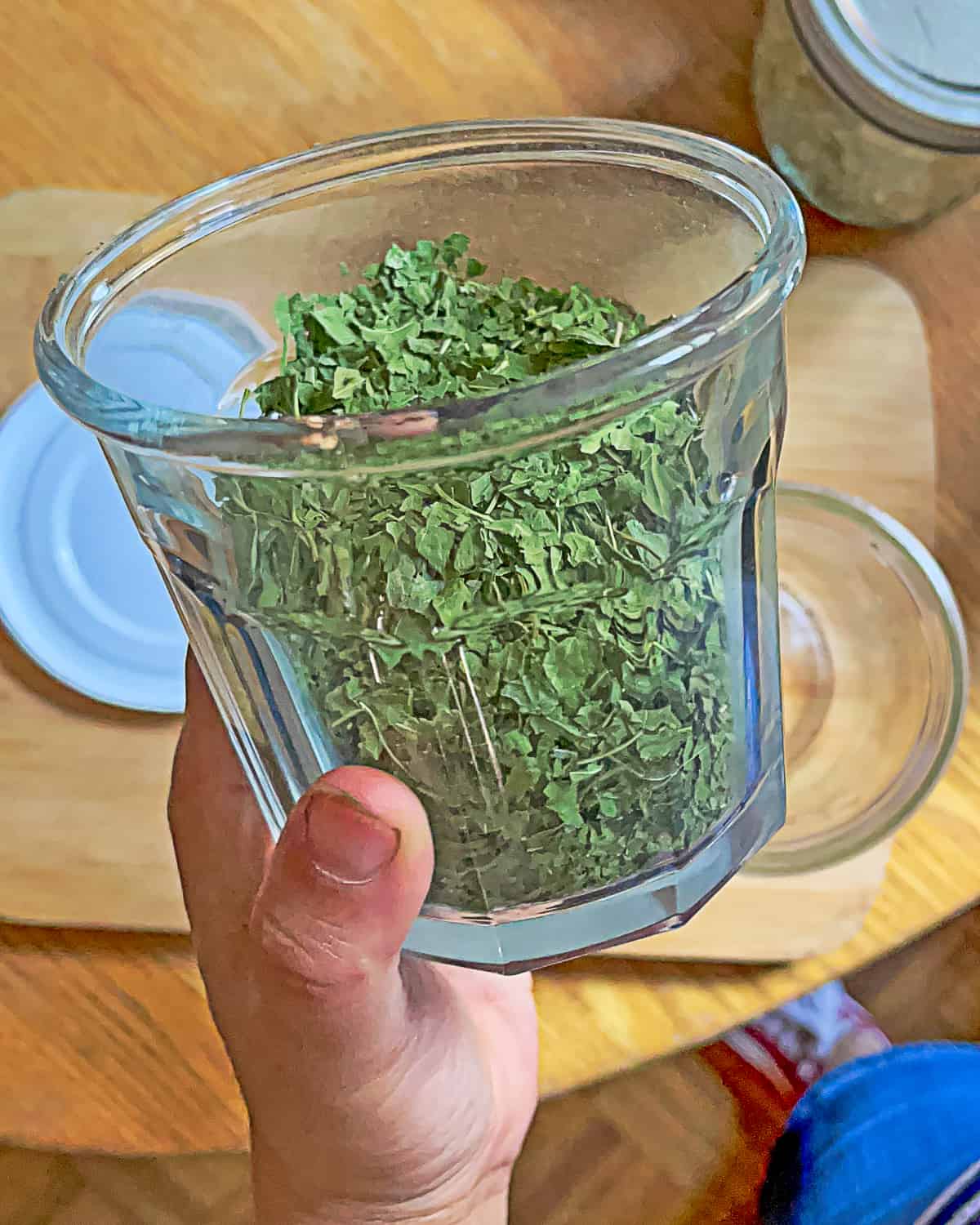

- Add 1 tablespoon of tea per cup per serving to a glass or mug. Feel free to use a tea strainer if you'd like!
- Add 1 cup of warm water per serving
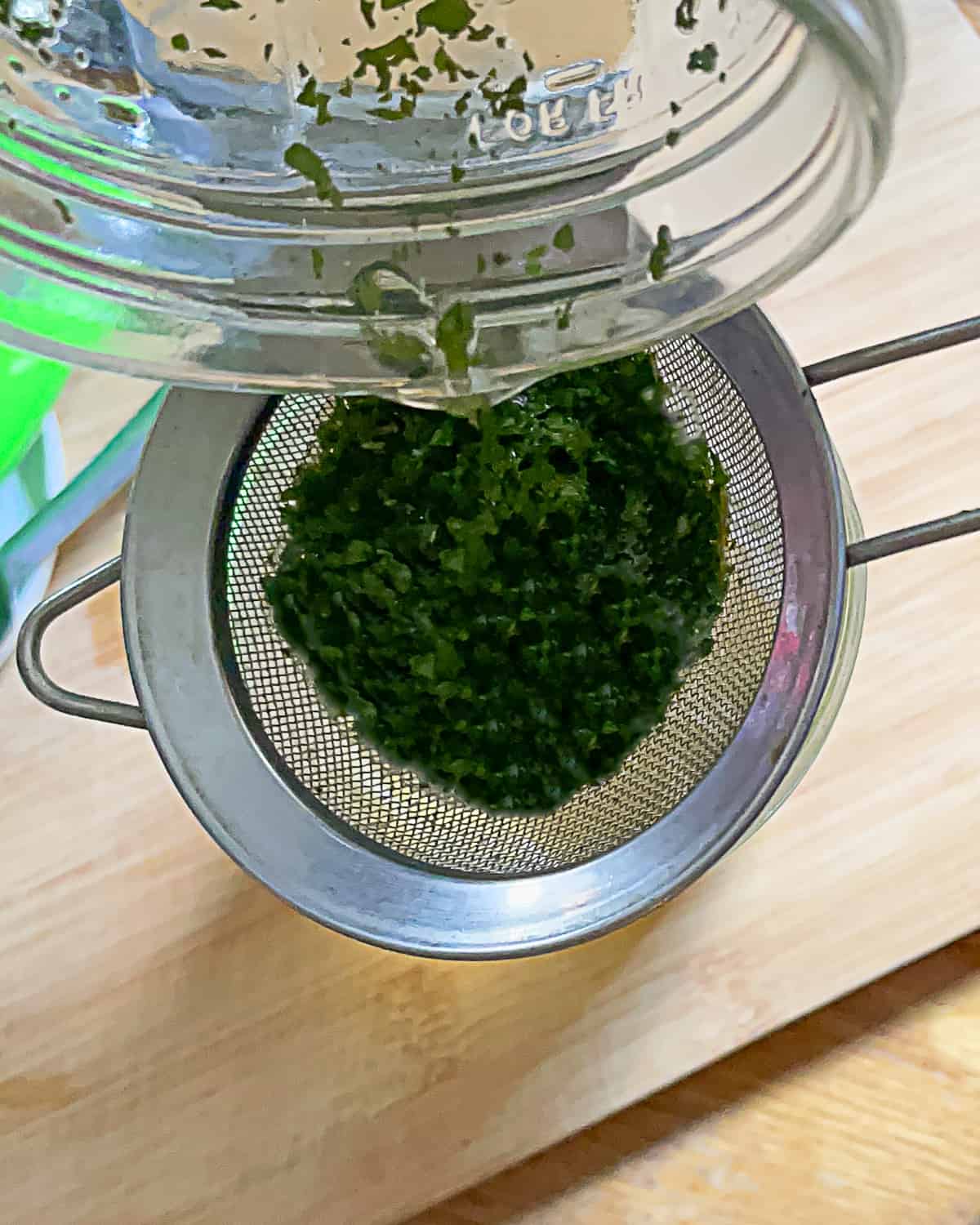
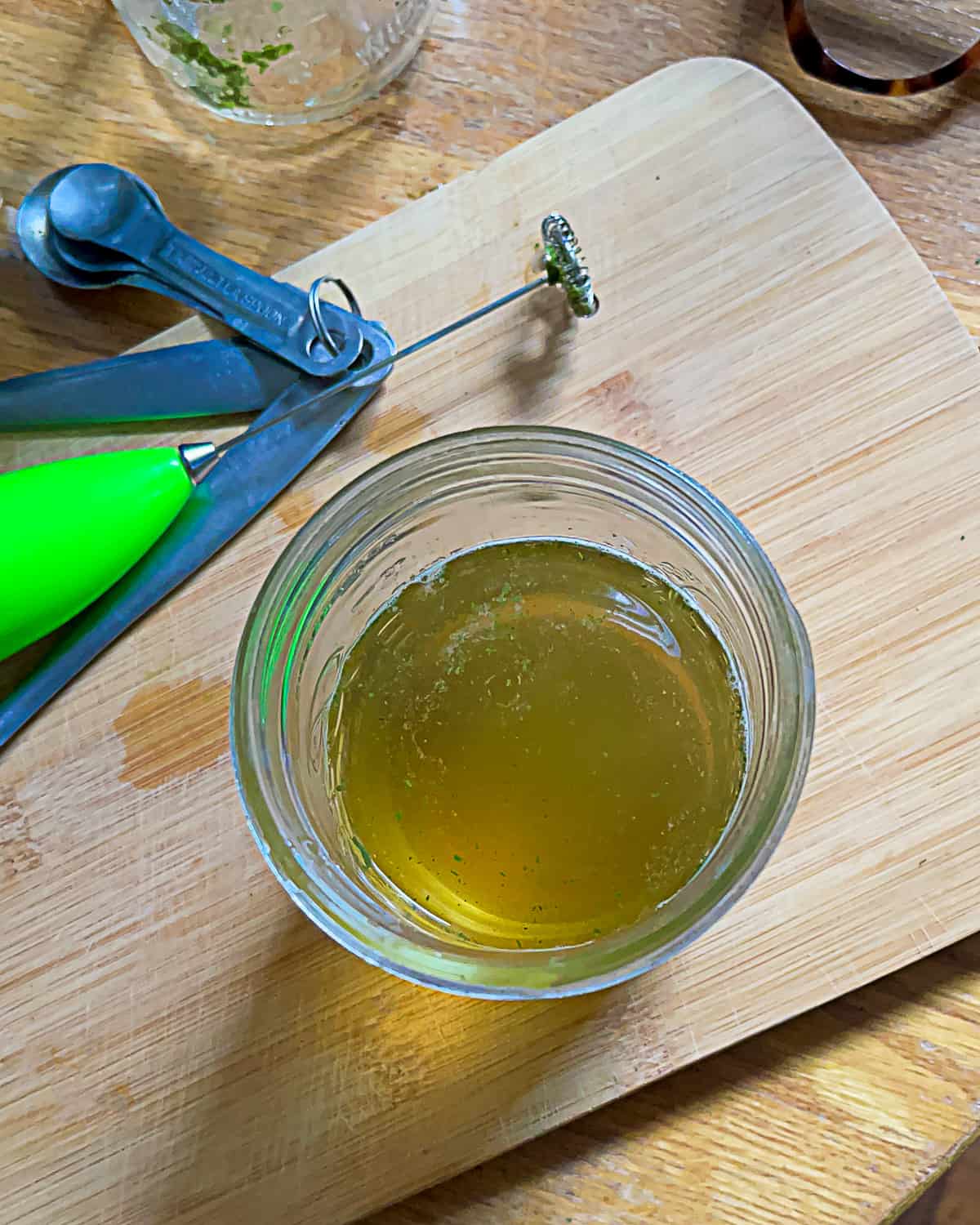
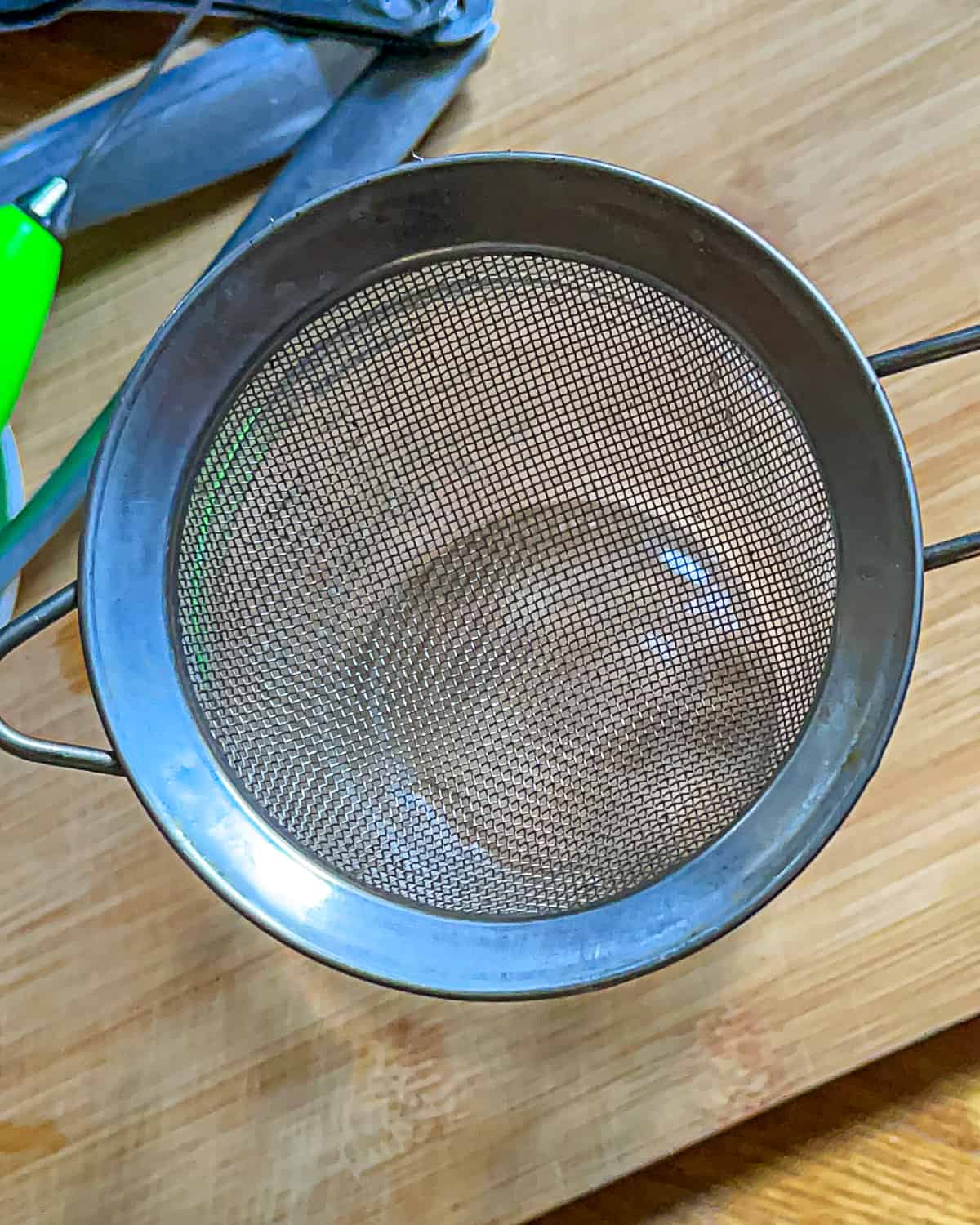
- Let the tea brew for three minutes
- Strain or remove tea leaves and enjoy!
Brewing Chart
| Servings | Tablespoons of dried tea | Water |
| 1 | 1 tablespoon | 1 cup |
| 2 | 2 tablespoons | 2 cups |
| 3 | 3tablespoons | 3 cups |
| 4 | 4 tablespoons | 4 cups |
| 5 | 5 tablespoons | 5 cups |
Serving Suggestions
There are a lot of options to flavor your foraged green tea. Here are some suggestions:
- Quench your thirst in the warm weather with some iced tea! 2 cups of cold water
- Add a slice of lemon or lemon juice if it's cold. You can also add orange or lime if you prefer!
- Splash in some milk or cream for a bit of added richness. It's up to you how much; make sure not to overdo it.
Storage
Store your dry tea and an airtight container out of direct light. As long as the tea is fully dry and in a sealed container, it should be good for at least two years.
FAQ
Mulberry tea leaves are specifically from the dried leaves of the white-barked black mulberry tree. The leaves are typically dried on racks in the sun and then ground into a fine powder for making into a beverage.
How does it taste? It has a flavor similar to green tea with subtle undertones of berries (especially blueberries).
Many people use it as a digestive aid or tonic to strengthen their immune system during colds or flu season. Some also claim that drinking it daily can help lower cholesterol levels and provide other potential benefits.
📖 Recipe
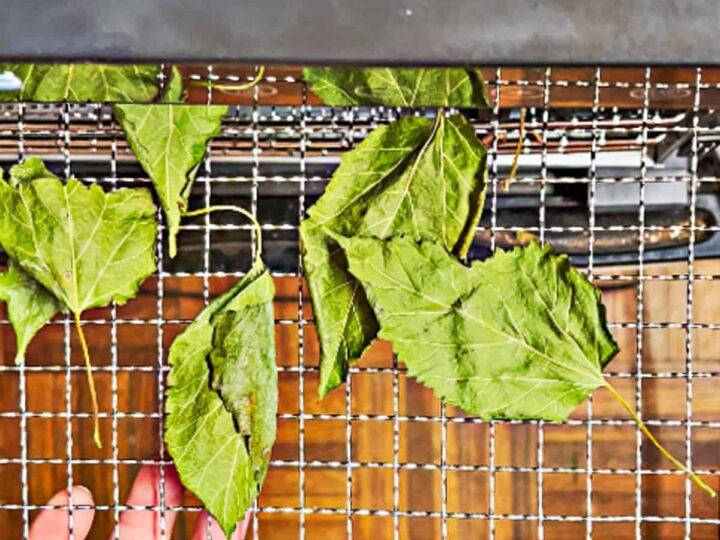
How to make mulberry leaf tea
I know summer foraging is in full effect when the dark purple berries of the mulberry tree are ready to be picked. Did you know that leaves of the mulberry tree are only one of a few tree leaves that can be eaten?
Here's how to make a fresh cup of mulberry leaf tea perfectly every time.
Ingredients
- 1 tablespoon dried mulberry leaves
- 1 cup warm water
Instructions
- Add 1 tablespoon of tea per cup per serving to a glass or mug. Feel free to use a tea strainer if you'd like!
- Add 1 cup of warm water per serving
- Let the tea brew for three minutes
- Strain or remove tea leaves and enjoy!
Nutrition Information:
Yield:
1Serving Size:
1Amount Per Serving: Calories: 4Total Fat: 0gSaturated Fat: 0gTrans Fat: 0gUnsaturated Fat: 0gCholesterol: 0mgSodium: 10mgCarbohydrates: 1gFiber: 0gSugar: 1gProtein: 0g

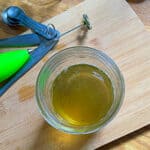
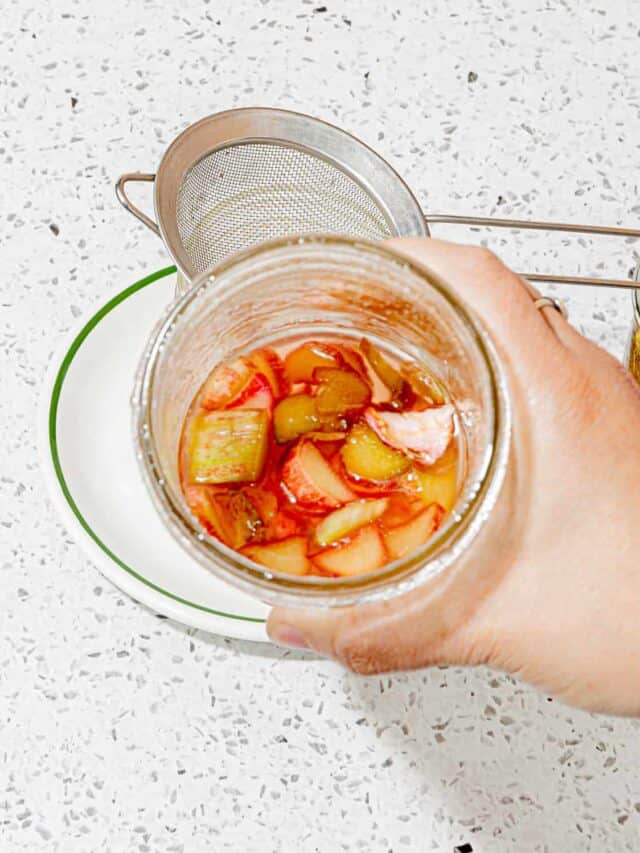
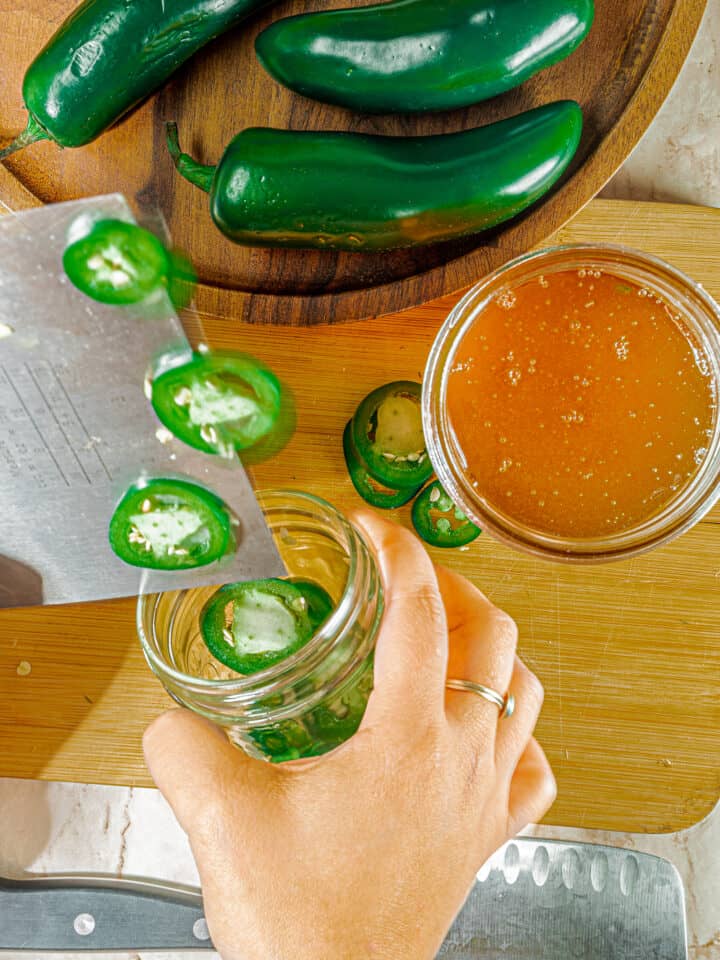
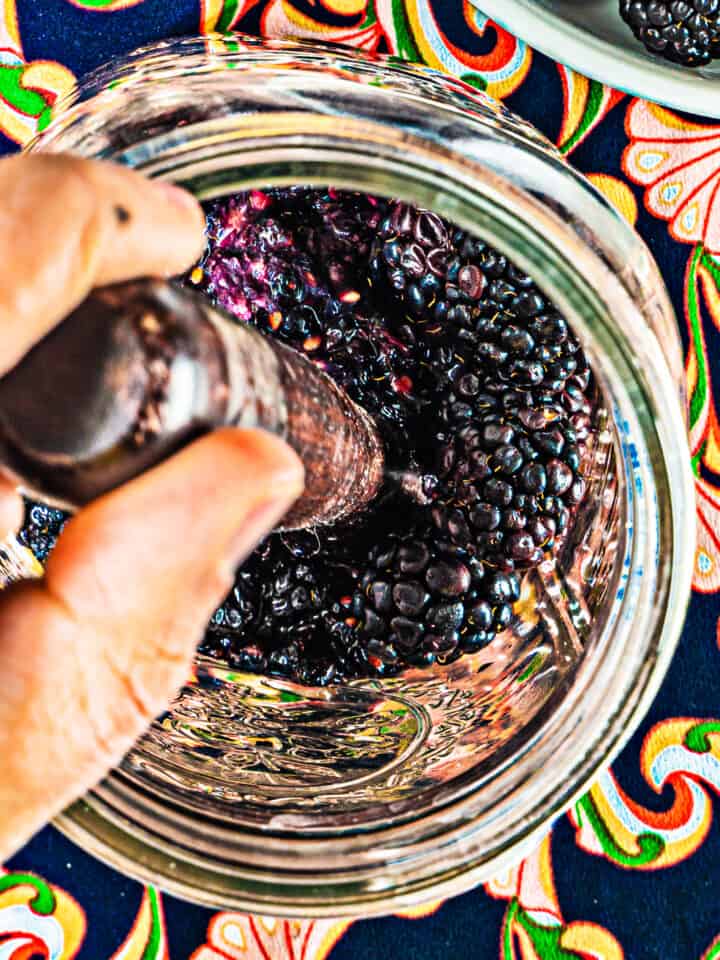
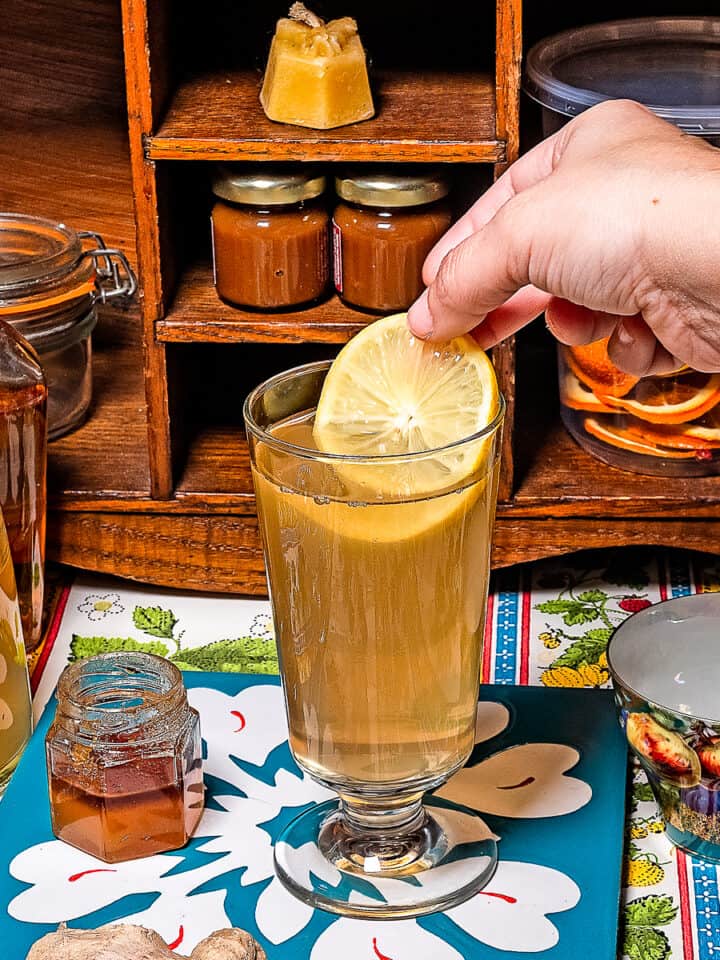
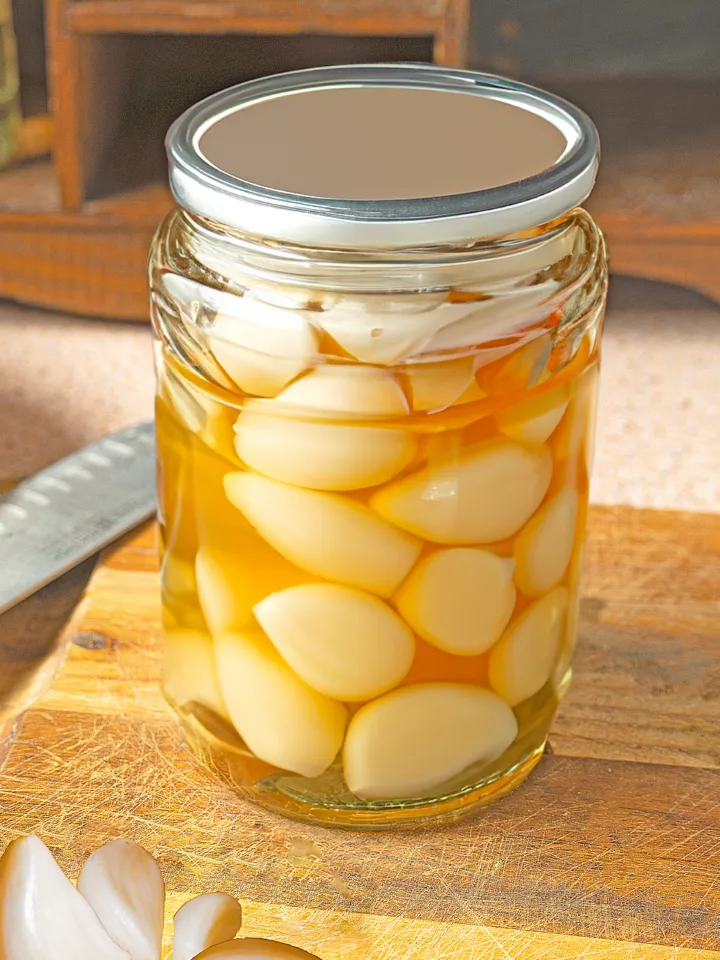
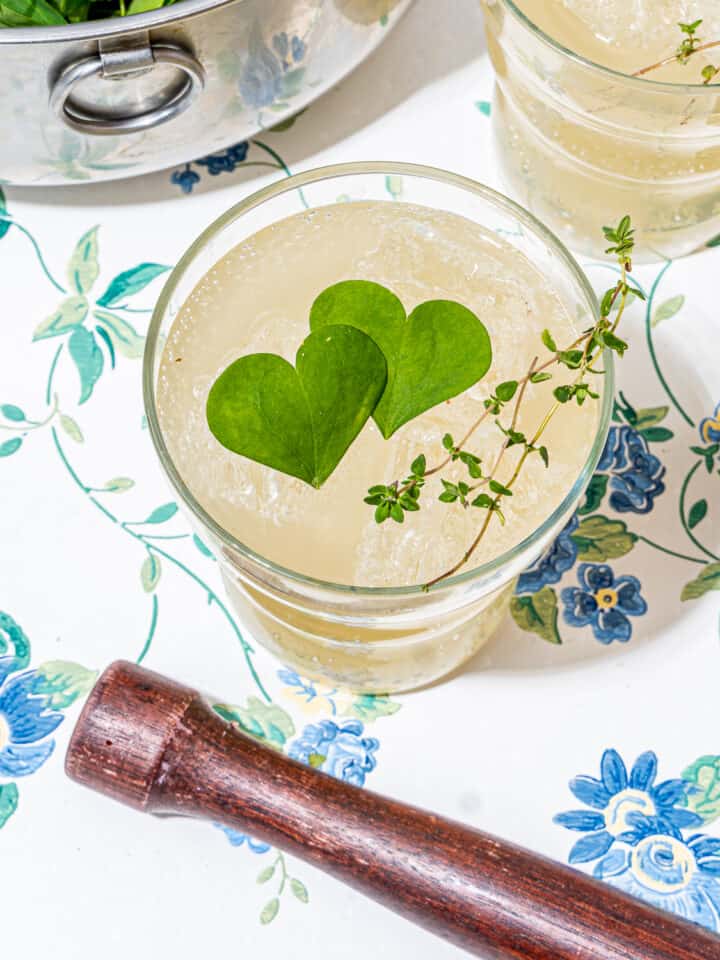

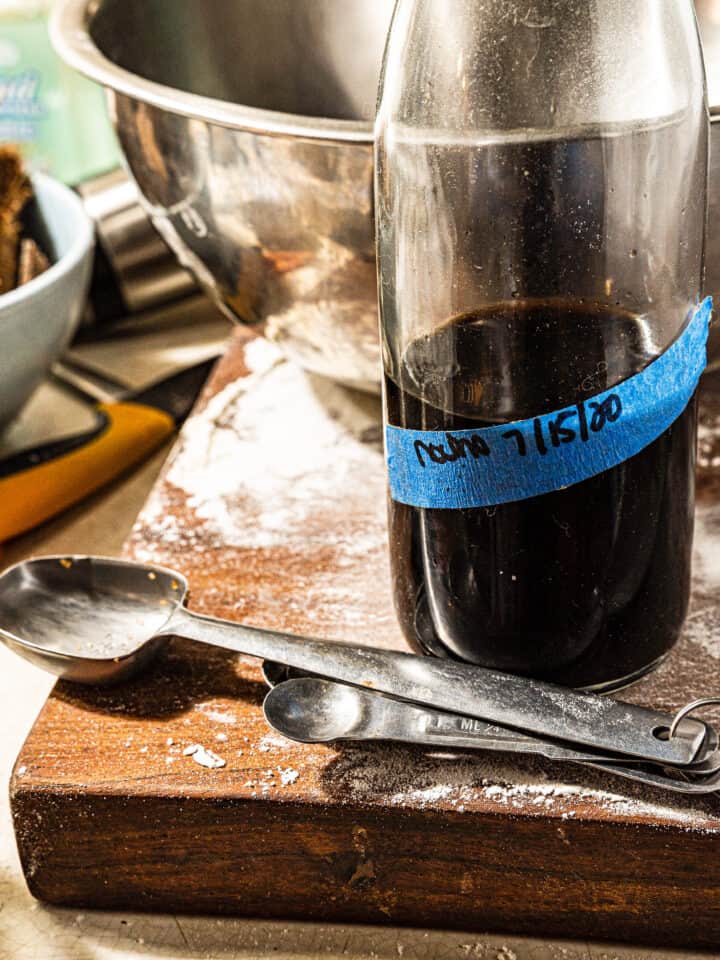

Comments
No Comments